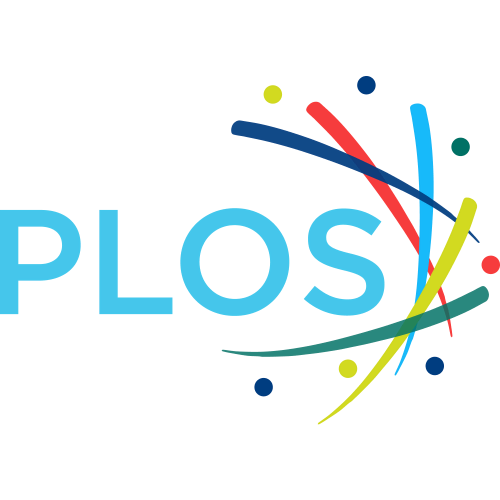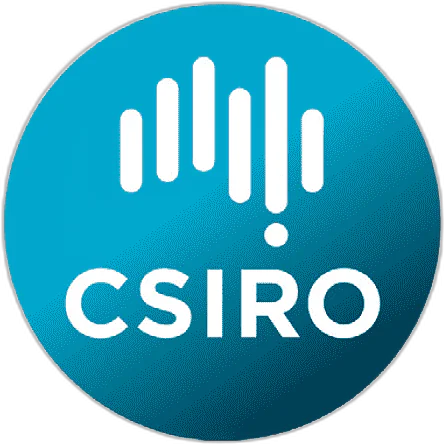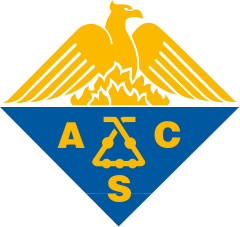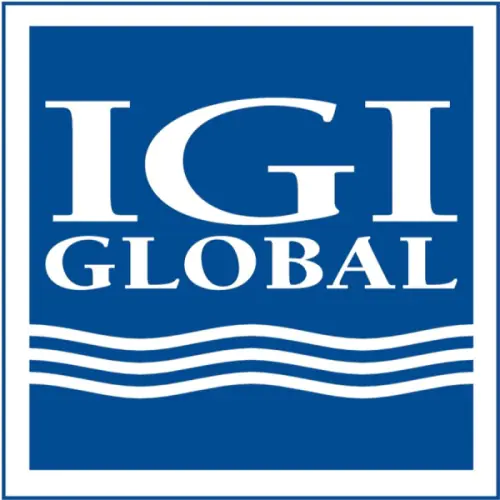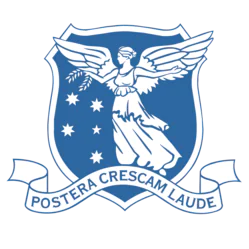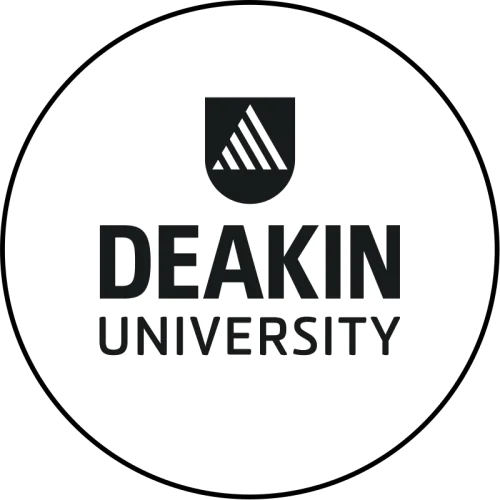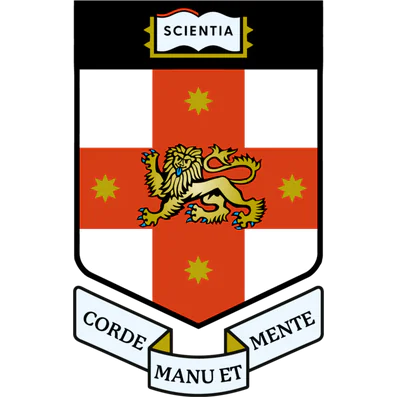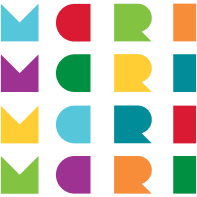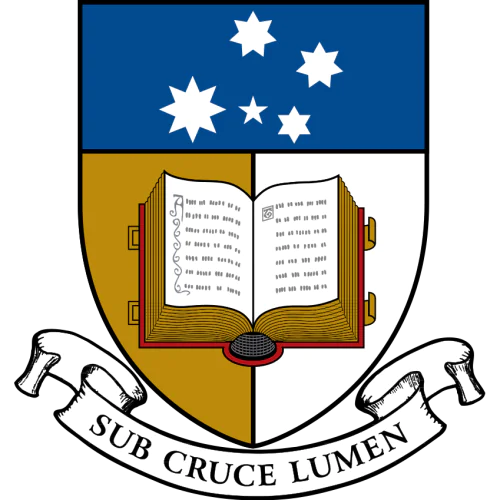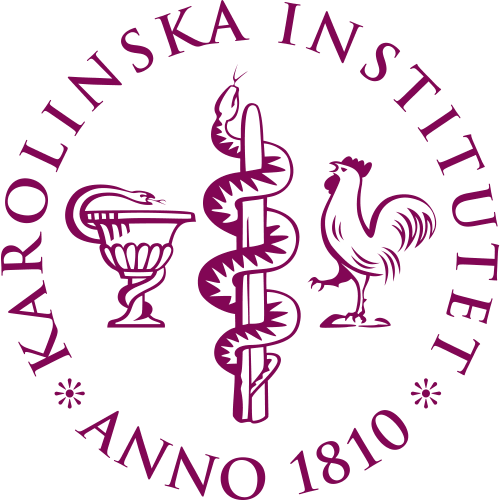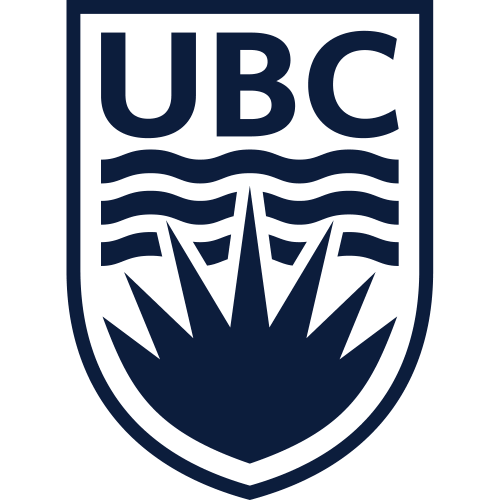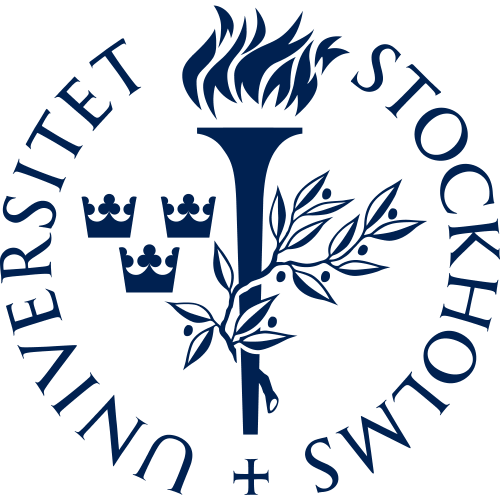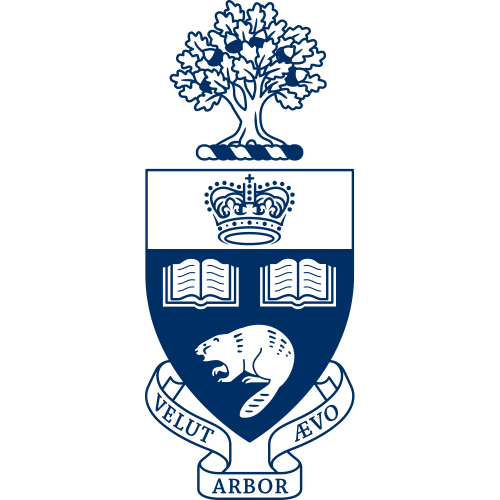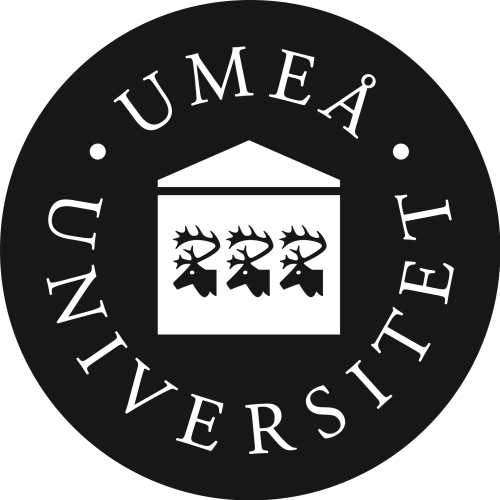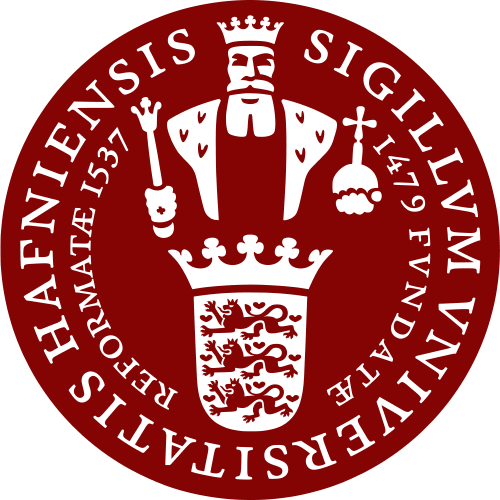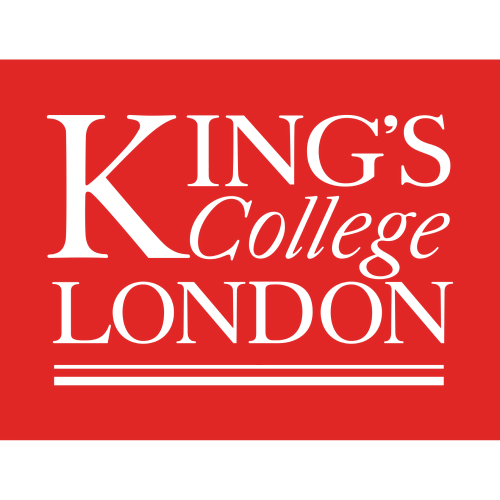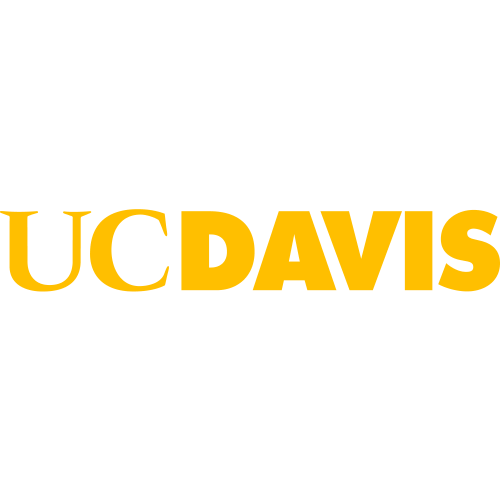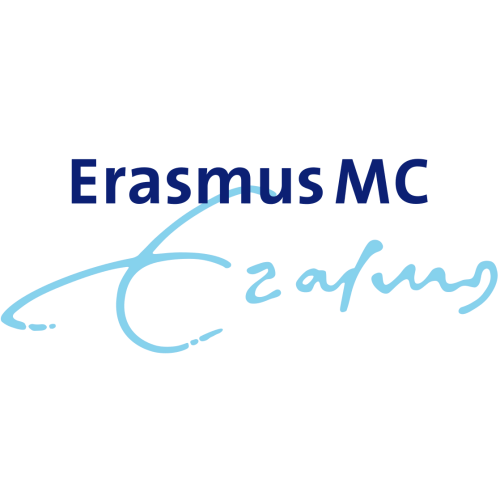La Trobe University
Are you a researcher?
Create a profile to get free access to personal recommendations for colleagues and new articles.

Publications
48 391
Citations
1 275 868
h-index
320
Top-3 journals
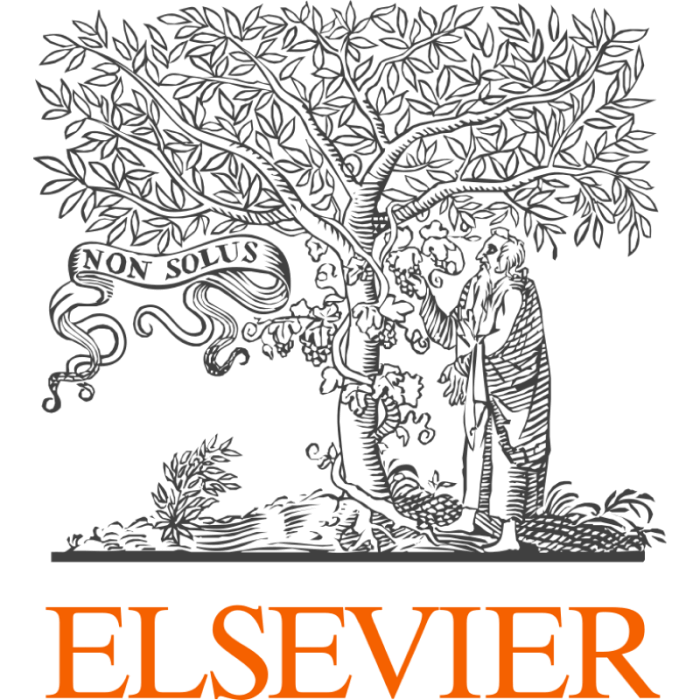
Journal of Science and Medicine in Sport
(389 publications)

British Journal of Sports Medicine
(318 publications)

PLoS ONE
(305 publications)
Top-3 organizations
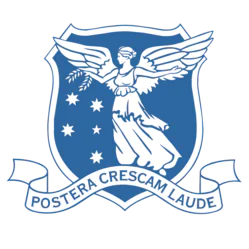
University of Melbourne
(6942 publications)

Monash University
(5034 publications)
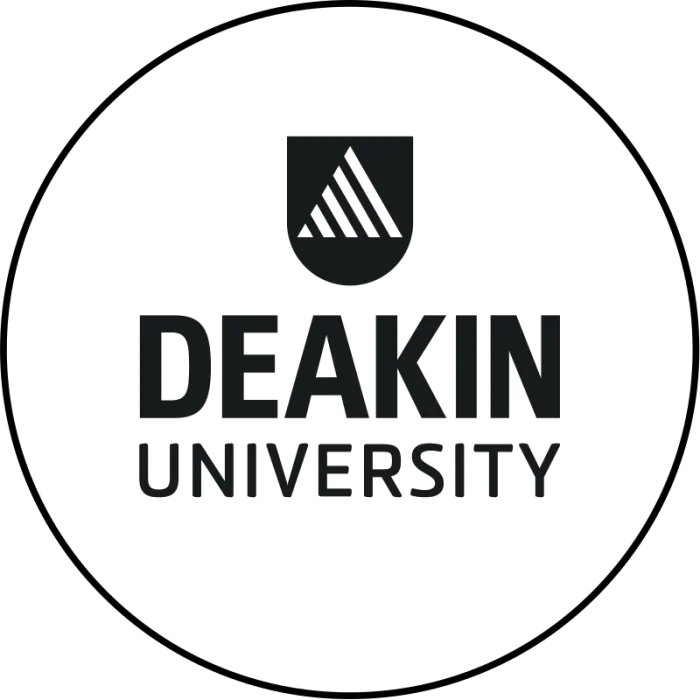
Deakin University
(1980 publications)
Top-3 foreign organizations
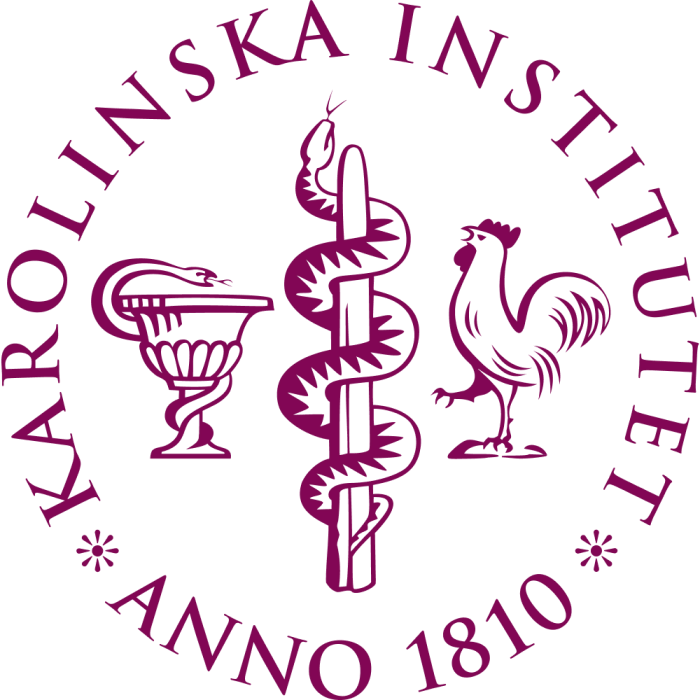
Karolinska Institute
(373 publications)

University of Oxford
(350 publications)
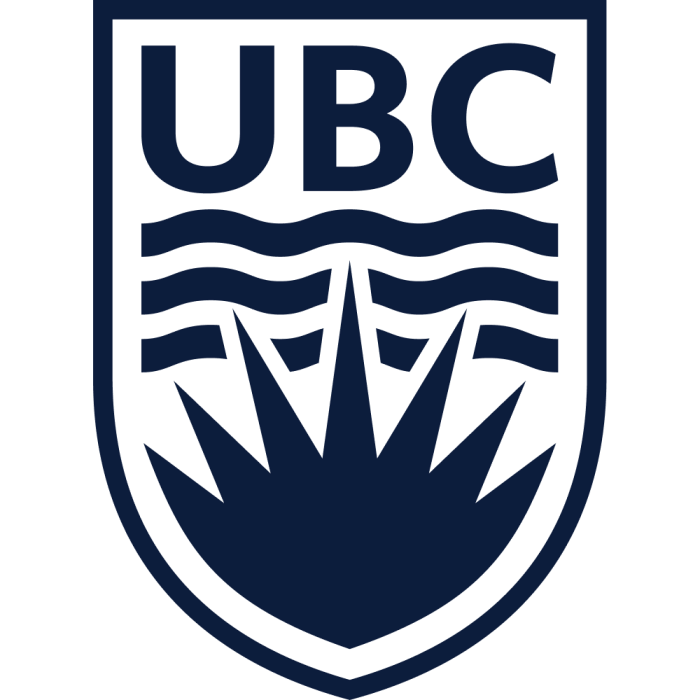
University of British Columbia
(345 publications)
Top-2 researchers by h-index
Most cited in 5 years
Found
Nothing found, try to update filter.
Found
Nothing found, try to update filter.
Since 1888
Total publications
48391
Total citations
1275868
Citations per publication
26.37
Average publications per year
348.14
Average authors per publication
5.57
h-index
320
Metrics description
h-index
A scientist has an h-index if h of his N publications are cited at least h times each, while the remaining (N - h) publications are cited no more than h times each.
Top-30
Fields of science
|
500
1000
1500
2000
2500
3000
3500
4000
4500
|
|
|
General Medicine
|
General Medicine, 4362, 9.01%
General Medicine
4362 publications, 9.01%
|
|
Public Health, Environmental and Occupational Health
|
Public Health, Environmental and Occupational Health, 2162, 4.47%
Public Health, Environmental and Occupational Health
2162 publications, 4.47%
|
|
Orthopedics and Sports Medicine
|
Orthopedics and Sports Medicine, 2011, 4.16%
Orthopedics and Sports Medicine
2011 publications, 4.16%
|
|
Physical Therapy, Sports Therapy and Rehabilitation
|
Physical Therapy, Sports Therapy and Rehabilitation, 2006, 4.15%
Physical Therapy, Sports Therapy and Rehabilitation
2006 publications, 4.15%
|
|
Sociology and Political Science
|
Sociology and Political Science, 1857, 3.84%
Sociology and Political Science
1857 publications, 3.84%
|
|
Ecology, Evolution, Behavior and Systematics
|
Ecology, Evolution, Behavior and Systematics, 1751, 3.62%
Ecology, Evolution, Behavior and Systematics
1751 publications, 3.62%
|
|
Education
|
Education, 1714, 3.54%
Education
1714 publications, 3.54%
|
|
Molecular Biology
|
Molecular Biology, 1583, 3.27%
Molecular Biology
1583 publications, 3.27%
|
|
Biochemistry
|
Biochemistry, 1579, 3.26%
Biochemistry
1579 publications, 3.26%
|
|
Genetics
|
Genetics, 1549, 3.2%
Genetics
1549 publications, 3.2%
|
|
Psychiatry and Mental health
|
Psychiatry and Mental health, 1487, 3.07%
Psychiatry and Mental health
1487 publications, 3.07%
|
|
Health (social science)
|
Health (social science), 1221, 2.52%
Health (social science)
1221 publications, 2.52%
|
|
Plant Science
|
Plant Science, 1201, 2.48%
Plant Science
1201 publications, 2.48%
|
|
History
|
History, 1077, 2.23%
History
1077 publications, 2.23%
|
|
Health Policy
|
Health Policy, 994, 2.05%
Health Policy
994 publications, 2.05%
|
|
Cell Biology
|
Cell Biology, 993, 2.05%
Cell Biology
993 publications, 2.05%
|
|
Rehabilitation
|
Rehabilitation, 965, 1.99%
Rehabilitation
965 publications, 1.99%
|
|
Neurology (clinical)
|
Neurology (clinical), 954, 1.97%
Neurology (clinical)
954 publications, 1.97%
|
|
Developmental and Educational Psychology
|
Developmental and Educational Psychology, 953, 1.97%
Developmental and Educational Psychology
953 publications, 1.97%
|
|
Multidisciplinary
|
Multidisciplinary, 920, 1.9%
Multidisciplinary
920 publications, 1.9%
|
|
Medicine (miscellaneous)
|
Medicine (miscellaneous), 876, 1.81%
Medicine (miscellaneous)
876 publications, 1.81%
|
|
Ecology
|
Ecology, 839, 1.73%
Ecology
839 publications, 1.73%
|
|
Physiology
|
Physiology, 833, 1.72%
Physiology
833 publications, 1.72%
|
|
Computer Science Applications
|
Computer Science Applications, 800, 1.65%
Computer Science Applications
800 publications, 1.65%
|
|
Cultural Studies
|
Cultural Studies, 791, 1.63%
Cultural Studies
791 publications, 1.63%
|
|
Economics and Econometrics
|
Economics and Econometrics, 790, 1.63%
Economics and Econometrics
790 publications, 1.63%
|
|
Animal Science and Zoology
|
Animal Science and Zoology, 770, 1.59%
Animal Science and Zoology
770 publications, 1.59%
|
|
Arts and Humanities (miscellaneous)
|
Arts and Humanities (miscellaneous), 727, 1.5%
Arts and Humanities (miscellaneous)
727 publications, 1.5%
|
|
Physical and Theoretical Chemistry
|
Physical and Theoretical Chemistry, 703, 1.45%
Physical and Theoretical Chemistry
703 publications, 1.45%
|
|
General Nursing
|
General Nursing, 700, 1.45%
General Nursing
700 publications, 1.45%
|
|
500
1000
1500
2000
2500
3000
3500
4000
4500
|
Journals
|
50
100
150
200
250
300
350
400
|
|
|
Journal of Science and Medicine in Sport
389 publications, 0.8%
|
|
|
British Journal of Sports Medicine
318 publications, 0.66%
|
|
|
PLoS ONE
305 publications, 0.63%
|
|
|
Lecture Notes in Computer Science
291 publications, 0.6%
|
|
|
SSRN Electronic Journal
277 publications, 0.57%
|
|
|
BMJ Open
268 publications, 0.55%
|
|
|
Scientific Reports
263 publications, 0.54%
|
|
|
Thesis Eleven
219 publications, 0.45%
|
|
|
Journal of Foot and Ankle Research
214 publications, 0.44%
|
|
|
Medical Journal of Australia
210 publications, 0.43%
|
|
|
Journal of Sociology
204 publications, 0.42%
|
|
|
Disability and Rehabilitation
200 publications, 0.41%
|
|
|
International Journal of Environmental Research and Public Health
193 publications, 0.4%
|
|
|
Drug and Alcohol Review
193 publications, 0.4%
|
|
|
Osteoarthritis and Cartilage
179 publications, 0.37%
|
|
|
Australian Occupational Therapy Journal
171 publications, 0.35%
|
|
|
Australian and New Zealand Journal of Public Health
161 publications, 0.33%
|
|
|
BMC Public Health
155 publications, 0.32%
|
|
|
Australasian Journal on Ageing
133 publications, 0.27%
|
|
|
Australian Psychologist
124 publications, 0.26%
|
|
|
Nature Communications
123 publications, 0.25%
|
|
|
Women and Birth
123 publications, 0.25%
|
|
|
Proceedings of the National Academy of Sciences of the United States of America
121 publications, 0.25%
|
|
|
Archives of Physical Medicine and Rehabilitation
121 publications, 0.25%
|
|
|
BMC Health Services Research
121 publications, 0.25%
|
|
|
Australian Health Review
118 publications, 0.24%
|
|
|
Journal of Autism and Developmental Disorders
114 publications, 0.24%
|
|
|
Gait and Posture
114 publications, 0.24%
|
|
|
Journal of Advanced Nursing
113 publications, 0.23%
|
|
|
Journal of Insect Conservation
112 publications, 0.23%
|
|
|
50
100
150
200
250
300
350
400
|
Publishers
|
2000
4000
6000
8000
10000
12000
|
|
|
Elsevier
10008 publications, 20.68%
|
|
|
Springer Nature
7970 publications, 16.47%
|
|
|
Wiley
7693 publications, 15.9%
|
|
|
Taylor & Francis
4986 publications, 10.3%
|
|
|
SAGE
2971 publications, 6.14%
|
|
|
MDPI
1594 publications, 3.29%
|
|
|
Oxford University Press
1324 publications, 2.74%
|
|
|
Cambridge University Press
1134 publications, 2.34%
|
|
|
BMJ
861 publications, 1.78%
|
|
|
CSIRO Publishing
689 publications, 1.42%
|
|
|
Frontiers Media S.A.
647 publications, 1.34%
|
|
|
Emerald
636 publications, 1.31%
|
|
|
Institute of Electrical and Electronics Engineers (IEEE)
610 publications, 1.26%
|
|
|
American Chemical Society (ACS)
440 publications, 0.91%
|
|
|
Ovid Technologies (Wolters Kluwer Health)
425 publications, 0.88%
|
|
|
Public Library of Science (PLoS)
370 publications, 0.76%
|
|
|
Social Science Electronic Publishing
275 publications, 0.57%
|
|
|
Royal Society of Chemistry (RSC)
249 publications, 0.51%
|
|
|
IOP Publishing
179 publications, 0.37%
|
|
|
American Society for Microbiology
157 publications, 0.32%
|
|
|
AIP Publishing
157 publications, 0.32%
|
|
|
John Benjamins Publishing Company
133 publications, 0.27%
|
|
|
Mary Ann Liebert
130 publications, 0.27%
|
|
|
Proceedings of the National Academy of Sciences (PNAS)
121 publications, 0.25%
|
|
|
Ubiquity Press
116 publications, 0.24%
|
|
|
American Physiological Society
115 publications, 0.24%
|
|
|
S. Karger AG
115 publications, 0.24%
|
|
|
Hindawi Limited
114 publications, 0.24%
|
|
|
IGI Global
114 publications, 0.24%
|
|
|
American Association for the Advancement of Science (AAAS)
104 publications, 0.21%
|
|
|
2000
4000
6000
8000
10000
12000
|
With other organizations
|
1000
2000
3000
4000
5000
6000
7000
|
|
|
University of Melbourne
6942 publications, 14.35%
|
|
|
Monash University
5034 publications, 10.4%
|
|
|
Deakin University
1980 publications, 4.09%
|
|
|
University of Queensland
1870 publications, 3.86%
|
|
|
University of Sydney
1765 publications, 3.65%
|
|
|
University of New South Wales
1414 publications, 2.92%
|
|
|
Murdoch Children's Research Institute
969 publications, 2%
|
|
|
Australian National University
944 publications, 1.95%
|
|
|
Commonwealth Scientific and Industrial Research Organization
925 publications, 1.91%
|
|
|
Royal Melbourne Institute of Technology
923 publications, 1.91%
|
|
|
Royal Children's Hospital Melbourne
916 publications, 1.89%
|
|
|
Curtin University
884 publications, 1.83%
|
|
|
University of Western Australia
872 publications, 1.8%
|
|
|
Austin Health
867 publications, 1.79%
|
|
|
Griffith University
799 publications, 1.65%
|
|
|
University of Adelaide
763 publications, 1.58%
|
|
|
Swinburne University of Technology
680 publications, 1.41%
|
|
|
Flinders University
669 publications, 1.38%
|
|
|
University of Tasmania
647 publications, 1.34%
|
|
|
Victoria University (Australia)
614 publications, 1.27%
|
|
|
Agriculture Victoria
612 publications, 1.26%
|
|
|
Florey Institute of Neuroscience and Mental Health
602 publications, 1.24%
|
|
|
Royal Melbourne Hospital
578 publications, 1.19%
|
|
|
Australian Catholic University
568 publications, 1.17%
|
|
|
Queensland University of Technology
543 publications, 1.12%
|
|
|
Walter and Eliza Hall Institute of Medical Research
512 publications, 1.06%
|
|
|
Macquarie University
506 publications, 1.05%
|
|
|
James Cook University
500 publications, 1.03%
|
|
|
Alfred Health
477 publications, 0.99%
|
|
|
Baker IDI Heart and Diabetes Institute
457 publications, 0.94%
|
|
|
1000
2000
3000
4000
5000
6000
7000
|
With foreign organizations
|
50
100
150
200
250
300
350
400
|
|
|
Karolinska Institute
373 publications, 0.77%
|
|
|
University of Oxford
350 publications, 0.72%
|
|
|
University of British Columbia
345 publications, 0.71%
|
|
|
University of Auckland
329 publications, 0.68%
|
|
|
Harvard University
307 publications, 0.63%
|
|
|
Stockholm University
276 publications, 0.57%
|
|
|
National University of Singapore
270 publications, 0.56%
|
|
|
University College London
263 publications, 0.54%
|
|
|
University of Toronto
263 publications, 0.54%
|
|
|
University of Nottingham
253 publications, 0.52%
|
|
|
University of Otago
250 publications, 0.52%
|
|
|
Umeå University
221 publications, 0.46%
|
|
|
University of Cambridge
206 publications, 0.43%
|
|
|
Johns Hopkins University
200 publications, 0.41%
|
|
|
University of Copenhagen
194 publications, 0.4%
|
|
|
Newcastle University
193 publications, 0.4%
|
|
|
Massey University
187 publications, 0.39%
|
|
|
Zhejiang University
186 publications, 0.38%
|
|
|
Stanford University
182 publications, 0.38%
|
|
|
King's College London
179 publications, 0.37%
|
|
|
University of Washington
173 publications, 0.36%
|
|
|
University of California, Davis
173 publications, 0.36%
|
|
|
University of Calgary
169 publications, 0.35%
|
|
|
University of Manchester
158 publications, 0.33%
|
|
|
Imperial College London
153 publications, 0.32%
|
|
|
University of Edinburgh
151 publications, 0.31%
|
|
|
Victoria University of Wellington
149 publications, 0.31%
|
|
|
Erasmus University Medical Center
149 publications, 0.31%
|
|
|
Uppsala University
143 publications, 0.3%
|
|
|
University of Glasgow
137 publications, 0.28%
|
|
|
50
100
150
200
250
300
350
400
|
With other countries
|
500
1000
1500
2000
2500
3000
3500
4000
4500
5000
|
|
|
USA
|
USA, 4781, 9.88%
USA
4781 publications, 9.88%
|
|
United Kingdom
|
United Kingdom, 4095, 8.46%
United Kingdom
4095 publications, 8.46%
|
|
China
|
China, 2404, 4.97%
China
2404 publications, 4.97%
|
|
Canada
|
Canada, 1618, 3.34%
Canada
1618 publications, 3.34%
|
|
Germany
|
Germany, 1448, 2.99%
Germany
1448 publications, 2.99%
|
|
New Zealand
|
New Zealand, 1210, 2.5%
New Zealand
1210 publications, 2.5%
|
|
Sweden
|
Sweden, 1183, 2.44%
Sweden
1183 publications, 2.44%
|
|
Netherlands
|
Netherlands, 806, 1.67%
Netherlands
806 publications, 1.67%
|
|
France
|
France, 720, 1.49%
France
720 publications, 1.49%
|
|
Italy
|
Italy, 633, 1.31%
Italy
633 publications, 1.31%
|
|
Japan
|
Japan, 630, 1.3%
Japan
630 publications, 1.3%
|
|
Singapore
|
Singapore, 556, 1.15%
Singapore
556 publications, 1.15%
|
|
Spain
|
Spain, 540, 1.12%
Spain
540 publications, 1.12%
|
|
Switzerland
|
Switzerland, 526, 1.09%
Switzerland
526 publications, 1.09%
|
|
Denmark
|
Denmark, 503, 1.04%
Denmark
503 publications, 1.04%
|
|
South Africa
|
South Africa, 478, 0.99%
South Africa
478 publications, 0.99%
|
|
India
|
India, 433, 0.89%
India
433 publications, 0.89%
|
|
Brazil
|
Brazil, 429, 0.89%
Brazil
429 publications, 0.89%
|
|
Norway
|
Norway, 419, 0.87%
Norway
419 publications, 0.87%
|
|
Ireland
|
Ireland, 397, 0.82%
Ireland
397 publications, 0.82%
|
|
Belgium
|
Belgium, 381, 0.79%
Belgium
381 publications, 0.79%
|
|
Malaysia
|
Malaysia, 370, 0.76%
Malaysia
370 publications, 0.76%
|
|
Saudi Arabia
|
Saudi Arabia, 330, 0.68%
Saudi Arabia
330 publications, 0.68%
|
|
Vietnam
|
Vietnam, 317, 0.66%
Vietnam
317 publications, 0.66%
|
|
Finland
|
Finland, 307, 0.63%
Finland
307 publications, 0.63%
|
|
Republic of Korea
|
Republic of Korea, 304, 0.63%
Republic of Korea
304 publications, 0.63%
|
|
Austria
|
Austria, 263, 0.54%
Austria
263 publications, 0.54%
|
|
Israel
|
Israel, 258, 0.53%
Israel
258 publications, 0.53%
|
|
Iran
|
Iran, 255, 0.53%
Iran
255 publications, 0.53%
|
|
500
1000
1500
2000
2500
3000
3500
4000
4500
5000
|
- We do not take into account publications without a DOI.
- Statistics recalculated daily.
- Publications published earlier than 1888 are ignored in the statistics.
- The horizontal charts show the 30 top positions.
- Journals quartiles values are relevant at the moment.





